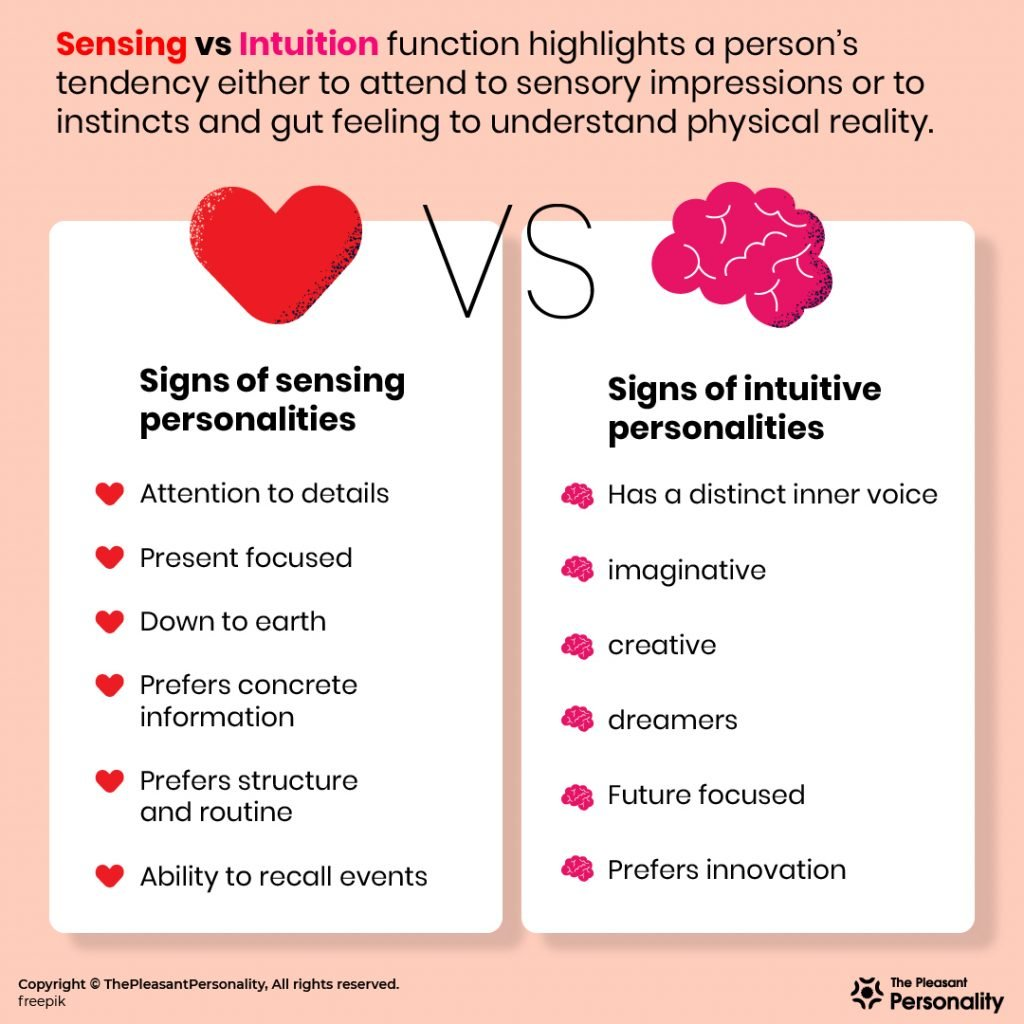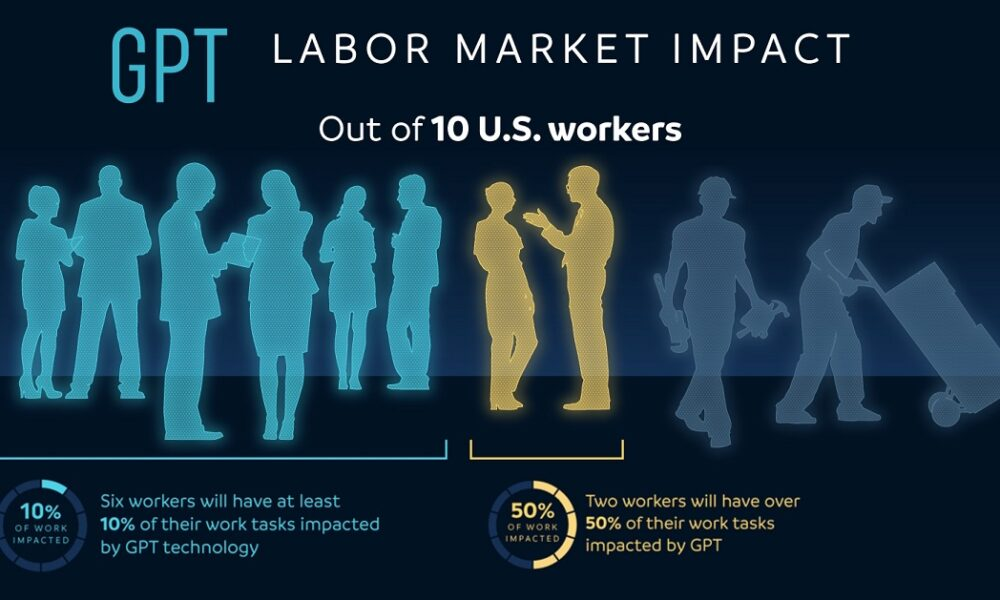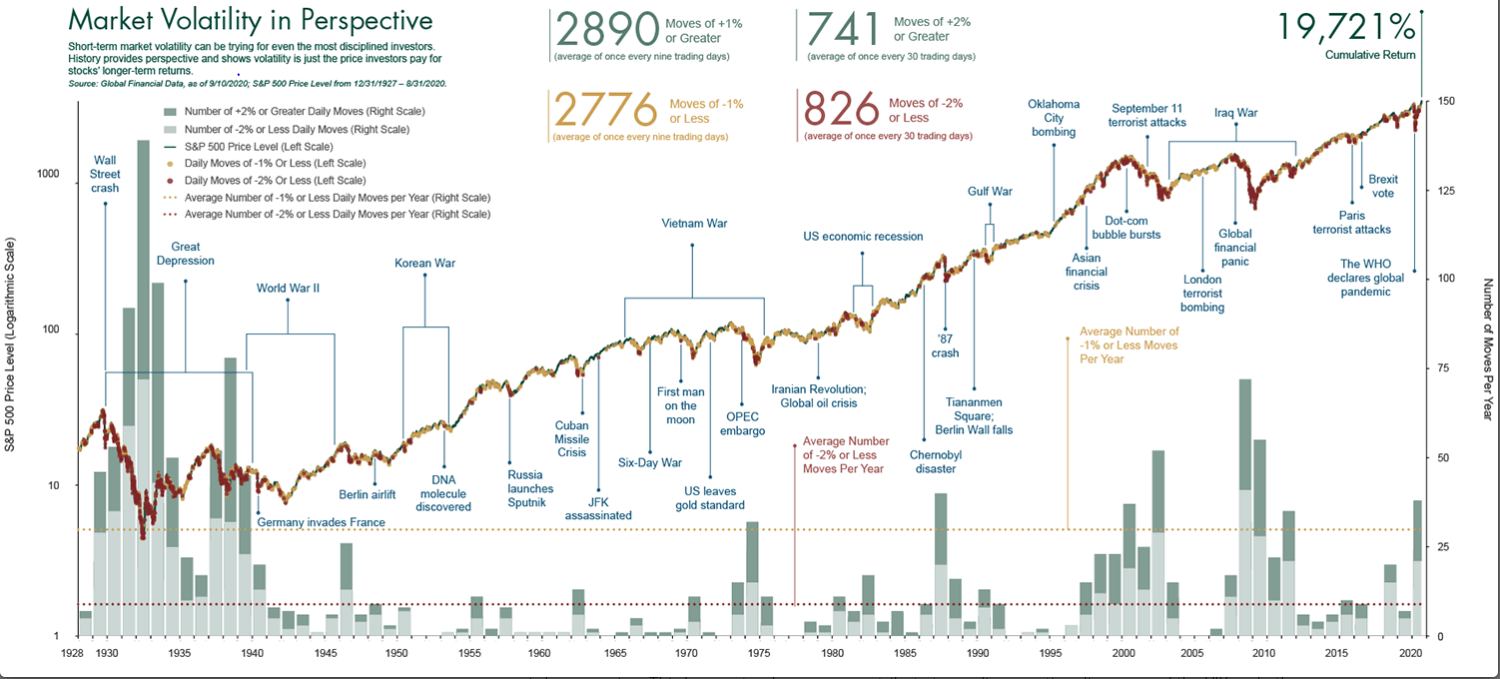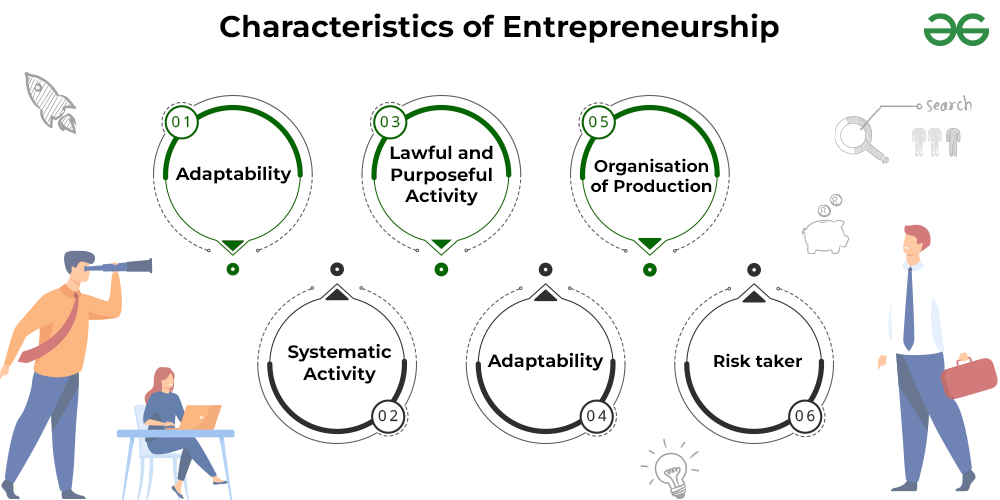Understanding personal preferences is crucial to deciphering why we gravitate towards certain choices in our lives. Behavioral science reveals that our likes and dislikes are often heavily influenced by social norms and parental choices, rather than being purely individual. This phenomenon is particularly evident in consumer behavior, where brand influence plays a significant role in shaping our decisions. By examining how personal choices are affected by these external factors, we can better appreciate the complexity behind our seemingly simple preferences. Thus, exploring our preferences not only sheds light on our identities but also guides marketers in tailoring strategies that resonate with potential consumers.
Delving into the nuances of individual tastes reveals much about how we function in society. These inclinations, often described as consumer behavior, are shaped not just by personal experience, but by underlying social dynamics and external prompts. Moreover, the influence of brands and societal expectations can deeply impact our choices, making it essential to understand the broader context of these decisions. This interplay between identity and choice highlights the intricacies involved in what we prefer and why we prefer it, offering a profound insight into human behavior.
Understanding Personal Preferences: The Psychological Factors
The formation of personal preferences is influenced by a range of psychological factors. Behavioral scientists, like Michael I. Norton, emphasize that our likes and dislikes are often not as unique as we believe. They are shaped significantly by social norms and consumer behaviors that surround us. For instance, cultural influences play a pivotal role in determining what we appreciate in music or food. From childhood, individuals absorb preferences from their parents and peers, then integrate these influences into their identities, leading to a unique yet socially constructed set of likes.
In the realm of consumer behavior, the impact of social norms extends beyond mere preferences; it infiltrates our purchasing decisions. When we choose a product, our past experiences and social context can bias our judgment. The influence of brands becomes even more profound when we consider how social media plays a role in shaping perceptions. A consumer is likely to favor brands displayed prominently on their social feeds, perceiving those endorsements as reflective of their identity. In this way, the process of developing personal preferences is intricately linked with external stimuli, suggesting that our choices are partly a reflection of societal trends.
The Role of Social Norms in Shaping Choices
Social norms wield significant power over our decision-making processes and behaviors. They act as unwritten rules that influence our choices without us even being aware of it. For example, when it comes to community preferences—such as favorite pizza places—our choices are often based on convenience rather than true preference. Behavioral science has shown that we tend to gravitate toward options that align with the norms established by our social groups, thus reinforcing those norms continuously. This suggests that our preferences can be fluid, shaped more by our environment than by individual desires.
Moreover, the impact of social norms extends into the digital realm, where brands carefully curate their advertisements to align with current trends. This marketing strategy successfully fosters brand loyalty among consumers, who often subconsciously prefer brands that resonate with their social circles. This aligned consumption breeds communities that collectively reinforce specific product choices, sometimes at the expense of personal discovery. The implication is clear: understanding consumer behavior necessitates examining not only individual choices but also the broader social influences at play.
Consumer Behavior: Mapping the Terrain of Choices
Consumer behavior encapsulates the myriad factors that influence why we buy what we buy. Often, this behavior is driven by a mix of personal preference, social influence, and marketing tactics. A key concept is the role of brand influence, where consumers are often swayed by established reputations and social validation. For example, a person may choose a popular car brand because it is widely endorsed by peers rather than based on thorough research or personal resonance with the brand’s values. This suggests a confluence of influence where social acceptance often takes precedence over individual preference.
However, there’s also an intrinsic desire for authenticity among consumers. Some individuals strive to cultivate preferences that reflect their genuine tastes rather than those dictated by external pressures. This brings about an interesting contradiction within consumer behavior: while many are informed by social norms, others actively seek to differentiate themselves from these influences. This pursuit of authenticity is significant in today’s marketplace, where brands that authentically represent their values tend to foster deeper connections with consumers, highlighting the complex interplay between personal choices and brand perception.
Brand Influence: Navigating Market Dynamics
The influence of brands on consumer choice is profound, shaping identities and preferences in ways that often go unnoticed. Brands are not merely products; they symbolize the aspirations and lifestyles we align with. As consumers become inundated with choices, brand loyalty emerges largely due to the perceptions created by marketing and social validation. For instance, a person might choose one brand of bottled water over another based strictly on advertising signals rather than taste. This indicates that brand influence extends beyond rational choice into the realm of behavioral science, where the context of choice can significantly skew perceptions.
As companies utilize advanced analytics and AI to decode consumer behavior, they become adept at tailoring marketing strategies to target individuals more precisely. This trend means that consumers often receive personalized advertisements that reinforce their existing preferences, which can lead to an unending loop of confirmation. The challenge for brands now lies in balancing this influence without alienating consumers who desire inherent authenticity and diversity in their choices. Effective branding, therefore, must engage with consumer behavior in a way that respects individual preferences while also navigating the complexities of social influence.
The Interconnection of Personal Choices and Social Influence
Personal choices and social influence are deeply intertwined, with each shaping the other in a cyclical relationship. Many people believe their preferences are solely their own; however, the reality is that social contexts largely inform these decisions. For example, when someone enjoys a certain type of music or a specific cuisine, these were likely influenced by social interactions and cultural exposure. In essence, personal choices can’t be viewed in isolation but must be considered in light of the broader social frameworks that govern our everyday lives.
Moreover, this interconnection becomes especially pronounced in niche communities and social groups, where preferences can crystallize around shared experiences and ideas. As people reinforce their choices within these groups, they create a sense of belonging and identity tied to those preferences. This dynamic serves to highlight the role of social norms in cultivating consumer behavior. Whether it’s through the brands we endorse or the trends we follow, the influence of social networks remains a powerful force in shaping personal choice.
Navigating Changing Preferences in Consumer Markets
The fluid nature of consumer preferences reflects the ever-changing landscape of markets and social trends. Certain brands evolve with consumers, adapting to shifts in taste while managing to maintain their loyal customer base. For instance, as sustainable practices become more critical to consumers, brands that fail to adapt face potential backlash. Economists often describe this adaptability in terms of switching costs, which delineate how easily a consumer can transition from one brand to another. For certain products like technology, high switching costs can solidify brand loyalty, whereas for others, a consumer may effortlessly switch if they find a more appealing option.
Additionally, the proliferation of online shopping and personalized marketing tactics has made it easier for consumers to explore alternatives, leading to a culture of constant evaluation and reevaluation of preferences. The ability to compare products and brands has made consumers more discerning than ever. This shift challenges brands to continually engage with their target audience, ensuring that they not only meet existing preferences but also help shape them over time. Ultimately, the interaction between changing preferences and market dynamics reflects the complex interplay of personal choices, social influences, and brand positioning.
The Impact of Digital Media on Preferences
Digital media has transformed how preferences are formed and maintained in modern consumer culture. With the internet providing access to a vast array of information, consumers are no longer passive recipients of brand messaging; instead, they actively seek out brands that align with their values and lifestyles. The growth of social media platforms has particularly influenced this dynamic by allowing consumers to share experiences and preferences with their networks, creating a ripple effect that significantly impacts brand perception. Brands must now navigate a complex digital landscape where consumer engagement is often driven by authenticity and relatability.
Moreover, algorithms play a crucial role in shaping consumer preferences. Online retailers utilize data to curate personalized shopping experiences, presenting products that align with users’ past behaviors and interactions. While this approach can enhance the consumer experience by simplifying decision-making, it also risks narrowing the scope of what consumers are exposed to, leading to a phenomenon known as the “filter bubble.” In this context, understanding consumer behavior means acknowledging both the empowering and potentially constraining effects of digital media on personal preferences.
Exploring the Fluidity of Taste Across Cultures
Cultural contexts significantly influence preferences, and over time, they evolve in response to societal changes and interactions. For example, as globalization expands, individuals are often exposed to diverse cuisines and music styles, which can lead to shifting preferences that reflect a blend of cultural influences. This fluidity presents both opportunities for unique personal expression and challenges in maintaining authentic connections with one’s cultural roots. Exploring how tastes evolve across different cultures highlights the dynamic nature of consumer behavior and the importance of understanding the context behind preferences.
Additionally, as consumers migrate between cultures or are exposed to new ones through technology, their preferences may shift even more dramatically. Products and brands that resonate with one cultural group may not necessarily appeal to another. This complexity underscores the necessity for brands to adopt culturally aware marketing strategies that honor and reflect the diversity of preferences across different demographics. By doing so, they can engage with consumers on a deeper level, ultimately creating a sense of ownership and belonging around the brand.
Building Personal Authenticity in a Trendy World
In today’s consumer-oriented society, individuals often face the challenge of discerning their authentic preferences from those influenced by trends and social norms. As online marketplaces and social media platforms flood consumers with information, it becomes increasingly difficult to navigate genuine preferences versus those that may be merely socially constructed. The desire for authenticity leads many to consciously cultivate tastes that reflect their true selves rather than simply adopting whatever is trendy. This pursuit emphasizes the importance of self-awareness and introspection in shaping personal preferences.
Brands that resonate with consumers on a deeper, more authentic level often thrive, while those that rely solely on fleeting trends may struggle to maintain their consumer base. As individuals become more discerning, they gravitate toward brands that demonstrate a commitment to authenticity and values that align with those of their customers. Therefore, while trends may exert a powerful influence, the growing interest in personal authenticity highlights an important shift in consumer behavior—one that calls for a balance between enjoying what is popular and nurturing one’s individual taste.
Frequently Asked Questions
What role does the influence of social norms play in understanding personal preferences?
The influence of social norms significantly shapes our personal preferences, as they dictate what is perceived as acceptable or desirable within a social group. Behavioral scientists, like Michael I. Norton, suggest that our choices are often less individual than they seem; our preferences for music, food, and brands are frequently reflective of the norms established by those around us, including family and peers.
How do personal choices reflect consumer behavior in the context of brand influence?
Personal choices are a direct reflection of consumer behavior, particularly influenced by brand marketing and societal trends. As people navigate their preferences, they often gravitate towards brands that resonate with their identity and social environment, indicating that brand influence can affect our decision-making process even when we believe those choices are based purely on personal taste.
In what ways can understanding personal preferences enhance our knowledge of behavioral science?
Understanding personal preferences provides valuable insights into behavioral science by illustrating how our decisions are influenced by both intrinsic motivations and external factors. Behavioral science examines how preferences develop over time, how they can be shaped by social interactions and marketing, and how they impact consumer habits.
Why do our personal preferences often align with the choices made by our parents?
Our personal preferences are often aligned with our parents’ choices due to early exposure and socialization. Families influence our initial preferences, such as food brands or music genres, creating a foundation that is challenging to shift later in life. This familial influence is a critical aspect of understanding personal preferences in the broader context of consumer behavior.
How does the perception of brand influence affect our product choices?
The perception of brand influence greatly affects our product choices, as we tend to associate quality and value with specific brands. This association can be shaped by our own experiences or by social reinforcement from groups we identify with, leading us to prefer familiar options even when trying new products.
Can our preferences change easily, or are there switching costs involved?
Preferences can change, but the ease of that change varies by category. High switching costs, like changing operating systems from PC to Mac, can deter individuals from shifting their preferences, while low-cost changes, such as switching shirt brands, can occur with little resistance. Understanding these dynamics is crucial for grasping the complexities of personal preferences.
How can marketers use the understanding of personal preferences to improve consumer engagement?
Marketers can leverage the understanding of personal preferences to create more targeted and personalized campaigns. By analyzing data on consumer behavior and the influence of social norms, they can develop advertisements that resonate more deeply with potential customers, thereby enhancing engagement and conversion.
What is the relationship between social media usage and personal preferences?
Social media usage plays a crucial role in shaping personal preferences, as users curate their online identities based on what they share and engage with. This self-representation often aligns with specific brands and trends, making users more receptive to targeted advertisements that reflect the aspects of themselves they wish to highlight.
| Key Point | Explanation |
|---|---|
| Influence of Social Norms | Personal preferences are shaped significantly by social norms and the environment, indicating that our choices are not entirely original. |
| Development Across Categories | Preferences are formed differently across categories: music tastes can solidify in teenage years, while preferences for cars emerge during adulthood. |
| Parental Influence | Parental choices often impact our preferences, such as food brands and lifestyle choices. |
| Attitudes vs. Choices | Personal attitudes can influence product choices, but choices can also shape our attitudes post-purchase. |
| Marketing and Personalization | Online data analysis allows companies to tailor advertisements based on personal preferences, affecting how consumers perceive products. |
| Switching Costs in Preferences | Changing preferences can involve switching costs; some choices are easier to change than others due to experience and familiarity. |
| Local and Cultural Factors | Cultural differences can significantly impact preference, indicating the importance of local context. |
| Formation of Subcultures | Subcultures can arise from diverse preferences, but they are still influenced by community dynamics and available options. |
Summary
Understanding personal preferences is key to navigating our choices and influences in life. Our tastes and likes are not entirely individual; they are shaped by social norms, family influences, and marketing strategies. Recognizing these factors can help us make more informed decisions about what we truly enjoy and value.



